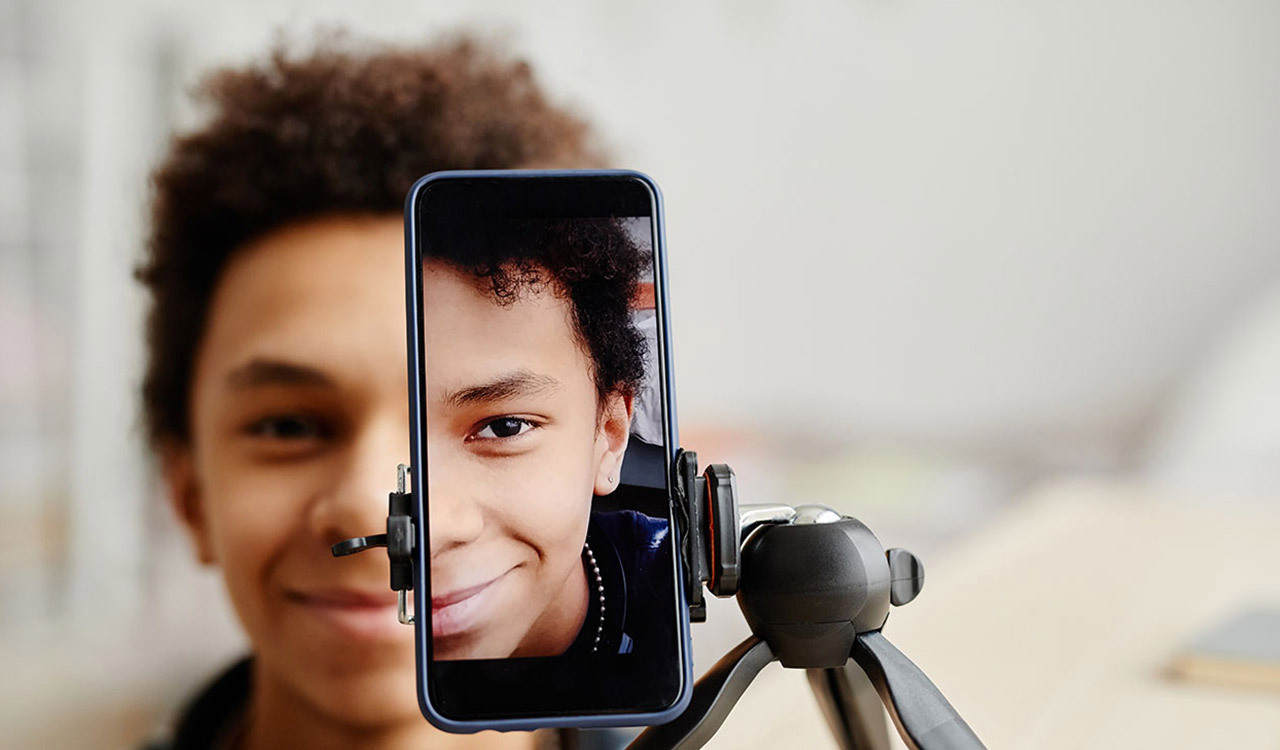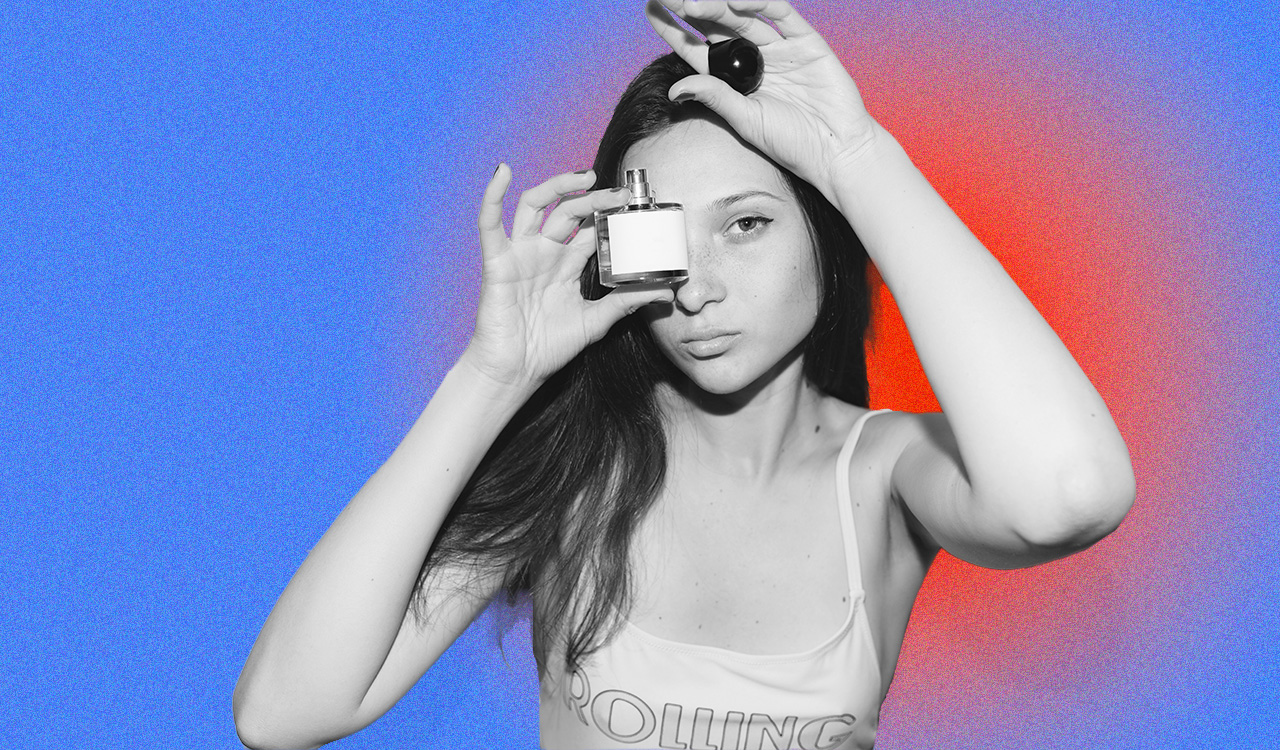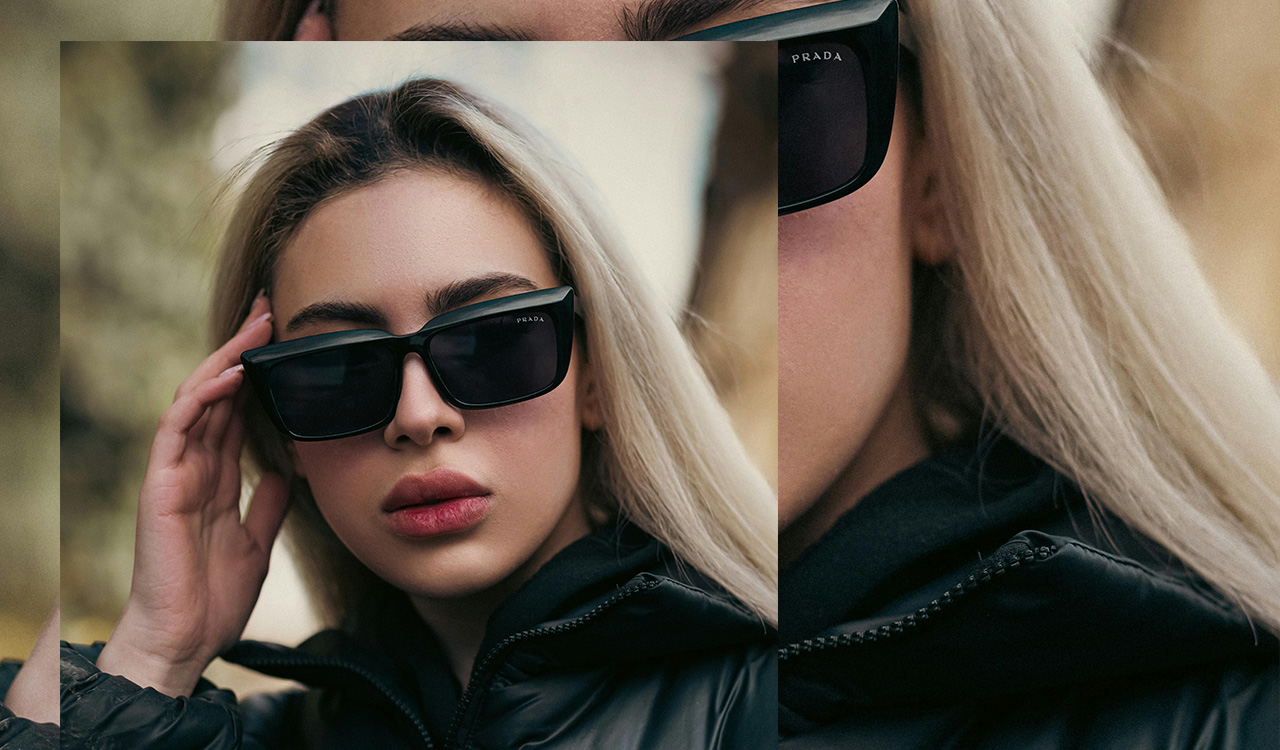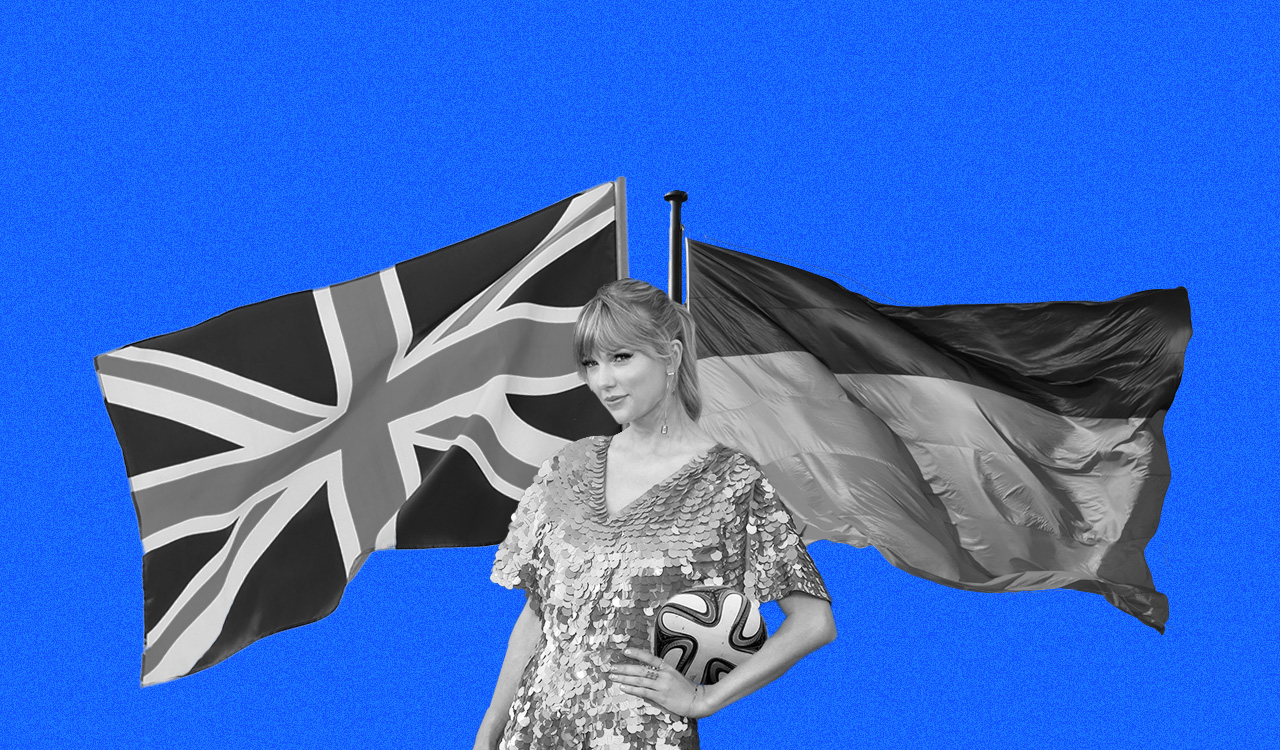When did social media stop feeling like an option and start feeling like a responsibility? Few members of Generation Z and Gen Alpha, which include anyone born between 1997 and 2020, know of a life that’s not comprised of juggling multiple screens.
A recent Gallup study found that 51 percent of teens average 4.8 hours a day on social media –– and that’s not even adding in their time spent watching television. But the 24/7 connectivity demanded by a life spent on social media can’t be fulfilled without a cost to the mental health of young people.
Teen mental health started to decline between 10 and 15 years ago, which was right about the time that smartphone usage hit the mainstream. Many modern teens use YouTube and TikTok on a daily basis, with 16 to 19 percent of teens using the platforms “almost constantly.”
As a case study, let’s take a look at the impact of social media on teen plastic surgery and addiction. We’ll also talk about how brands can use social media positively, not as a standalone channel, but to facilitate engagement in the real world.
“Teens aren’t completely abandoning social media, but they are gravitating toward platforms with video-sharing capabilities. The plus side of these platforms ––Instagram, Snapchat, TikTok, etc. –– is that video content campaigns can be used to encourage teens to interface with the world and their peers.”
The Teen Botox Boom
Critics of teen smartphone usage say that the adolescent mind lacks the impulse control of its adult counterparts. This makes sense in a world where 33 states just filed a joint lawsuit against Meta –– the parent company of Instagram, WhatsApp, and Facebook –– for “ensnaring youth and teens for profit.” Lawmakers say that Meta knowingly, “designed psychologically manipulative product features to induce young users’ compulsive and extended use.”
If the recent boom in social media-obsessed teens getting Botox and fillers is any indicator, the critics may be right. The American Academy of Facial Plastic and Reconstructive Surgery reported that 82 percent of facial procedures done in 2022 included Botox and dermal fillers. The same study noted an increase in teens and young adults getting Botox and fillers, particularly among teens who are more active on social media than their peers.
Social media doesn’t just expose teens to criticism and bullying. They’re given the opportunity to present the world with an airbrushed, idealized version of themselves. And some teens would do anything to replicate the life of their social media avatar. Snapchat, Instagram, and TikTok filters, and the booming popularity of plastic surgery-obsessed celebrities like Kylie Jenner have created a world where teens feel like they can be anyone they want to be…for a price
Spoiler alert: The resounding cry for self-improvement echoing across social media carries another implicit message for teens: “You’re not good enough as you are.”
Cell Phone Detox Centers Are Old News
Detox centers for smartphone overdependence may have seemed like a novelty when CNN covered them back in 2019, but they’ve since come to feel like a way of life. In a recent study by Common Sense Media, 50 percent of teens reported feeling addicted to their mobile devices. Gen Z checks their smartphones more often than any other generation. Combine that fact with the exposure that rapid-fire dopamine hits have on their developing psyche and it’s easy to see why next gens are the most likely of any generation to be hospitalized for smartphone overdependence.
The extreme consequences of cell phone addiction go beyond body dysmorphia to exacerbate many of the mental disorders you can find in the DSM-5: Depression, ADHD, anxiety, narcissism, and insomnia. These conditions are reportedly worsened by cell phone overdependence. Interpersonal conflicts, low self-esteem, impulsiveness, materialism, and issues relating to peers have also been linked to cell phone overuse.
It makes sense, then, that teens are looking for ways to reconnect with nature and their peers in the real world. Yes, most teens use YouTube and TikTok every day. And yes, brands need to have a presence on those platforms to maximize marketing efforts. However, there’s a distinction between using social media as a channel to engage next gens in the real world and using it as standalone messaging.
Brands Can Support Life in the Real World
We’ve talked before about the Luddite Clubs comprised of teens abandoning technology that are popping up from coast to coast. Young people are also abandoning the social media platforms that are popular with their parents and millennial siblings. Case in point: Teen Facebook use decreased from 71 percent in 2014-15 to 32 percent in 2022, and Twitter and Tumblr saw similar declines in teen users. Instagram and Snapchat, however, saw increases in usage over the same time period.
Teens aren’t completely abandoning social media, but they are gravitating towards platforms with video-sharing capabilities. The plus side of these platforms ––Instagram, Snapchat, TikTok, etc. –– is that video content campaigns can be used to encourage teens to interface with the world and their peers.
Just take a look at outdoor outfitter REI’s viral #OptOutside campaign. The campaign encourages user-generated content, asking followers to stream images and videos of the cool outdoor activities they did rather than partaking in Black Friday. All REI did was create the hashtag and provide some online resources to guide content submissions. Within 24 hours of launching, the campaign led to a 7,000 percent increase in social impressions and received 2.7 billion media impressions. It struck a chord with burnt-out consumers and showed that the brand cared about the issues that matter to them: mental health, outdoor activities, and foregoing consumerism to interact with the great outdoors.
The New Social Media
REI isn’t the only retailer using social media to encourage a better world. Unilever took another angle on social media CSR by launching the Dove self-esteem project, Campaign for Kids Online Safety. The campaign draws on the star power of top-tier celebrity collaborators like Lizzo, in conjunction with Common Sense Media and Parents Together Action, to fuel awareness and adoption of the 2023 Kids Online Safety Act (KOSA). The campaign is centered around a viral 3-minute video, “Cost of Beauty: A Dove Film” that shares the story of a young woman who developed an eating disorder after repeat exposure to toxic online content.
These two diverse examples utilize social media to improve the world (and brand perception) in a not one-size-fits-all equation. Brands need to consider where there’s a gap in the existing dialogue, what issues resonate with their mission statement, and where they can create a significant impact. They’ll also want to factor in which issues resonate best with their core consumer base.
Content on social media is now largely about disparaging social media. Irony aside, the negative impacts of social media use are widespread and consumers want to feel like the brands they love are doing something about it. Brands and retailers that find creative ways to use their social media presence to facilitate real-world experiences will stand out amongst the masses: Fewer, highly curated messages, campaigns that encourage physical activity, and online communities that meet in the real world for the win. The future of social media is rooted in action.




